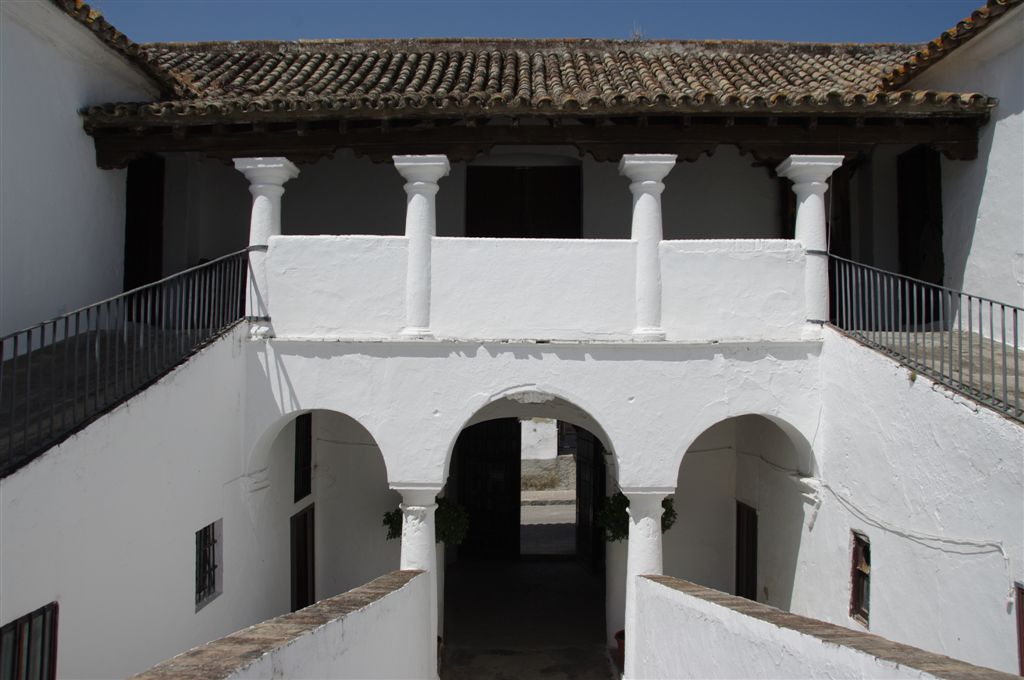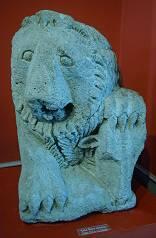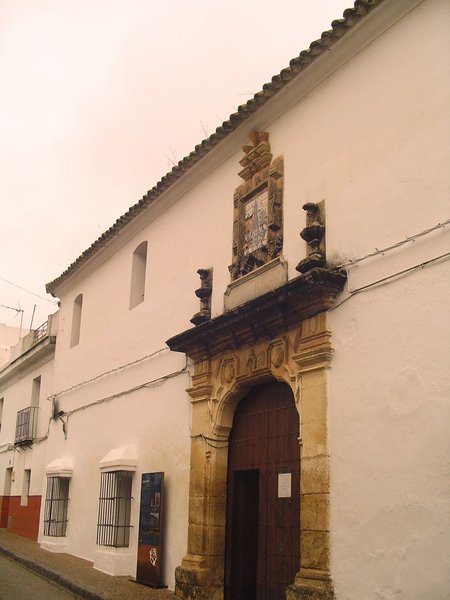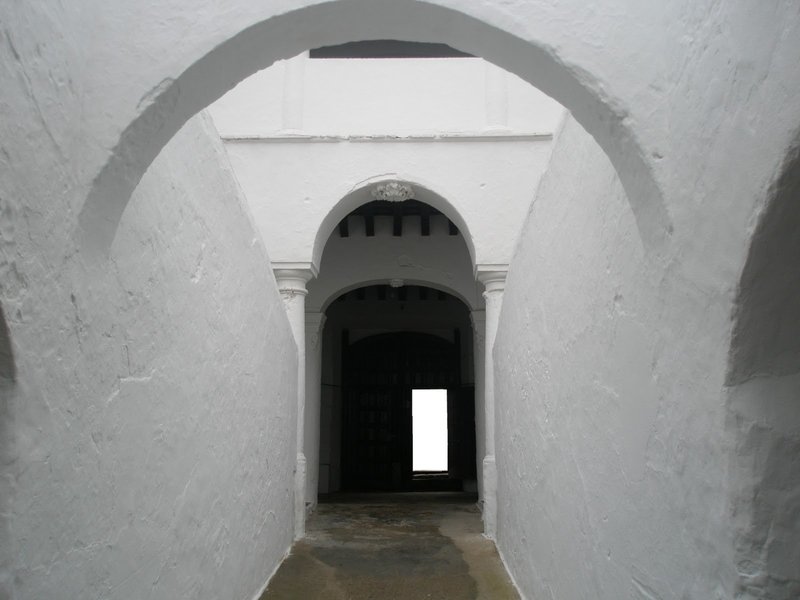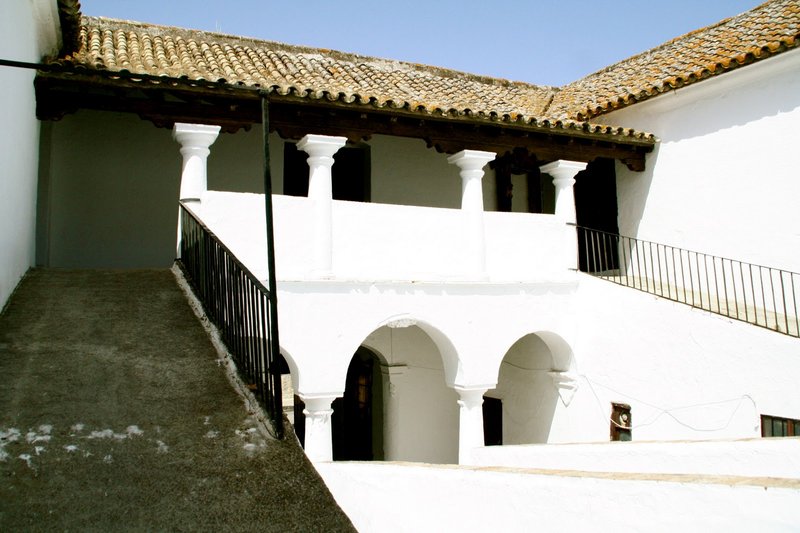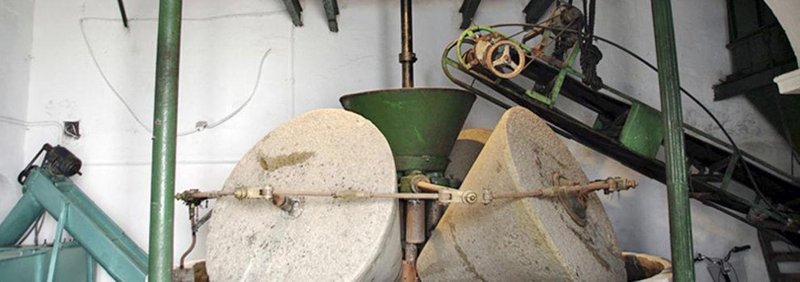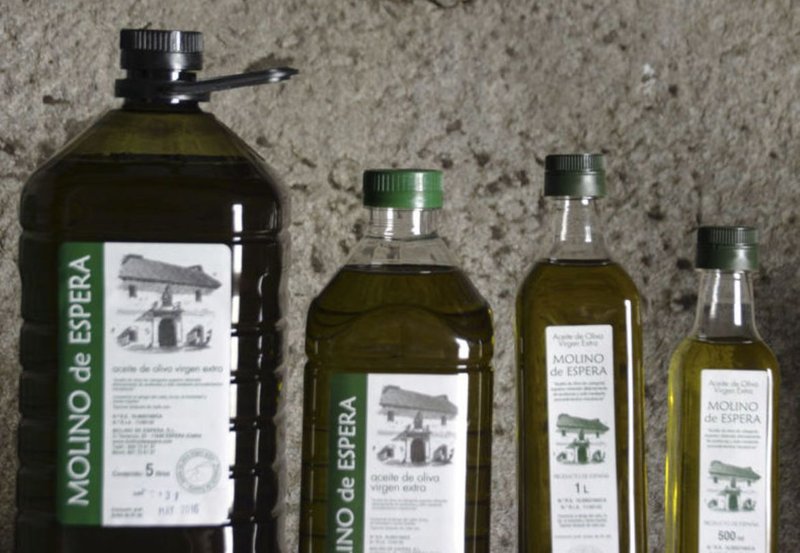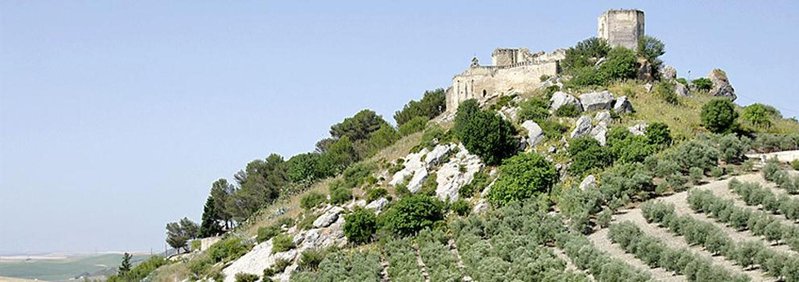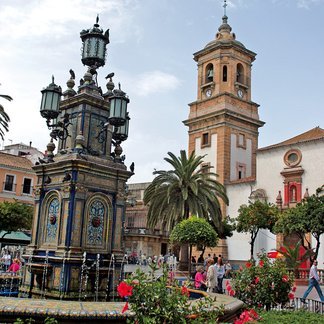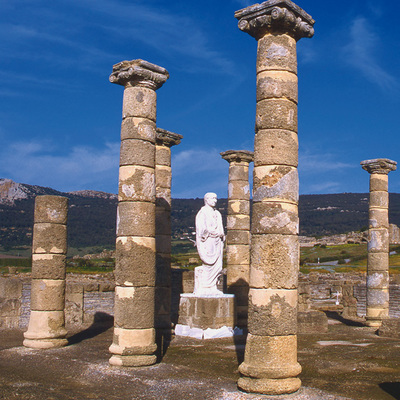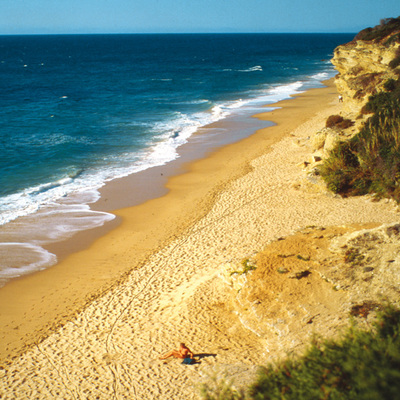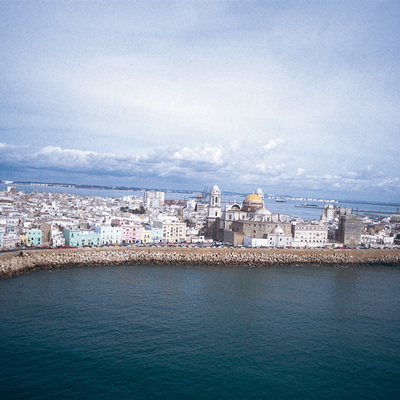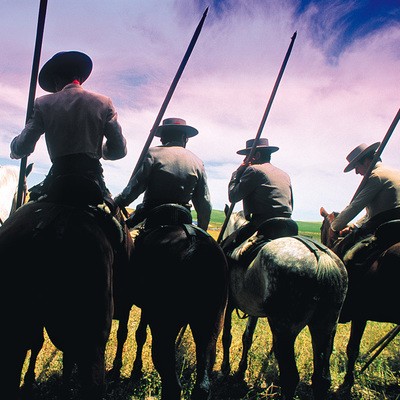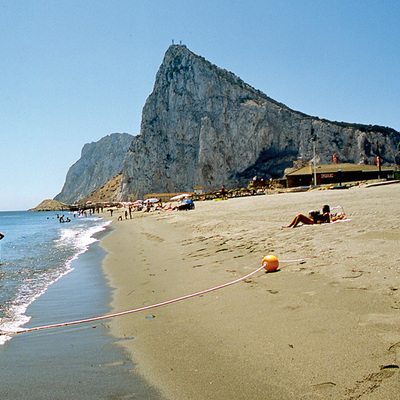Molino de Espera
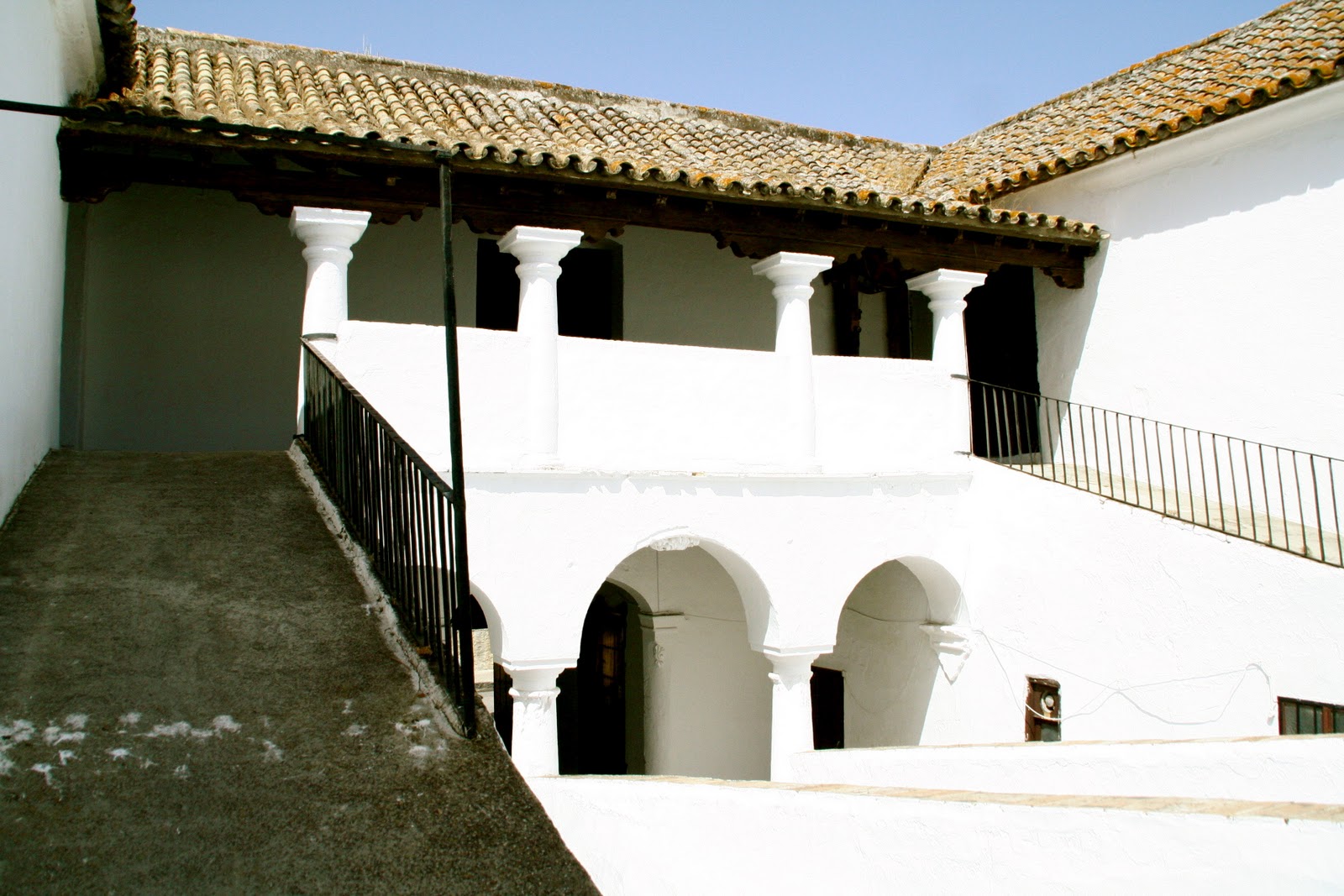
Molino de Espera is in the Cádiz town of Espera; it is a typically Andalusian building from the 18th century, built for receiving the olden tithes and first fruits. It was built in 1771 by the Most Illustriousand Revered Council of the Churches in Seville, as depicted in the image above the main door, which has a mosaic with the emblem of the dioceses of Seville at the top: the Giralda between two vases.
In the 18th century, there was still a law that said that tithes and first fruits must be given to the church from the crops harvested, that is to say, a tenth of all of the harvest must be given to the church, and the part given must be the first part. This was done with wheat, barley, oats, olives, oil or anything else that was harvested.
In 1835, the Ecclesiastical Confiscations start in Spain, whereby all monasteries of orders are suppressed in Spain and all the assets of these institutions are put up for sale. El Molino belonged to these institutions.
We have information on the Confiscations from 1838 (Archives of the Cádiz provincial council). Thus we find:
El Molino is sold at auction to Mr Alonso López Moreno and Mr Francisco Ibáñez around 1875. In 1878, Mr Francisco Ibáñez buys his part from Mr Alonso Moreno from Las Cabezas de San Juan. In 1894, it is inherited by Ms María Rosalía Ibáñez and, later, by her daughters Dolores and Josefa and, then, her grandson Vicente, the current owner. Currently, it has been declared a Place of Cultural Interest, under the category of Monument.
Winter: Monday to Friday: 9am to 2pm and 4 to 7pm. Summer: Monday to Friday: 9am to 2pm and 5 to 7pm. Saturday: 9am to 1pm. Sunday: 12 to 1pm. (Closed Sundays in August).
Services and infrastructure
Target audiences
Segments
Specialties
Duration
Open to visitors
You may be interested
